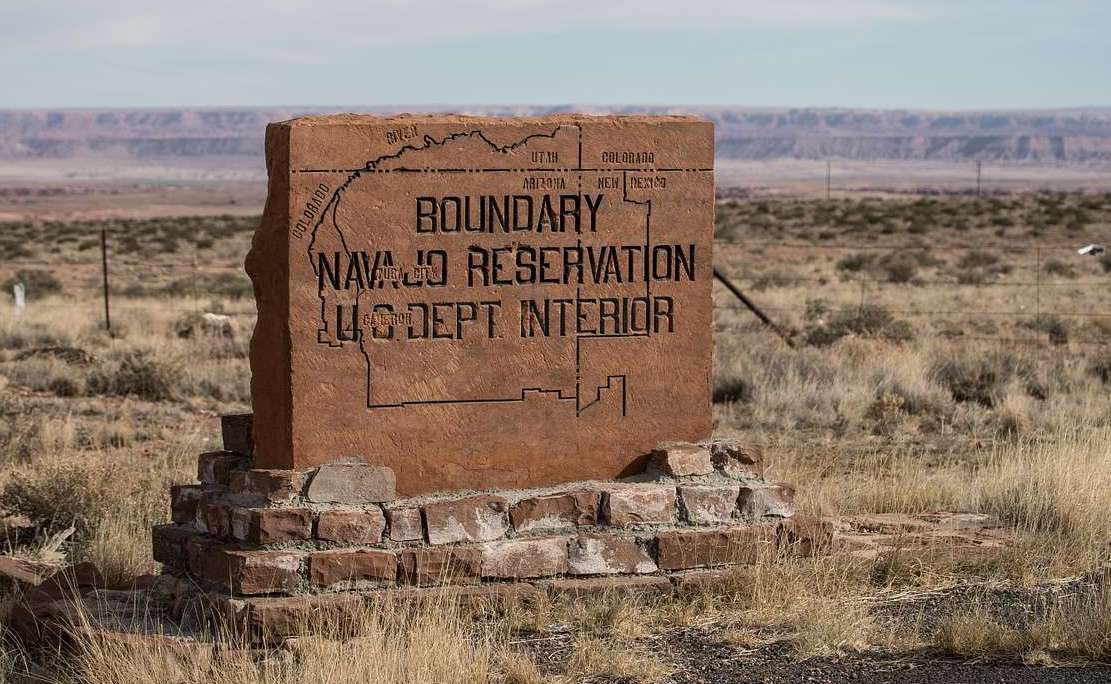
- Details
- By Jenna Kunze
The Navajo Nation alerted tribal members of the reservation's first confirmed monkeypox case yesterday. The individual is a member of the Navajo Nation living on the reservation in McKinley County, according to a health advisory notice from the Navajo Department of Health.
As a result, the Department circulated a monkeypox fact sheet, and will host a town hall on Aug. 25 at 10 a.m. MDT on the Nez-Lizer Facebook page to provide more information. The Navajo Area Indian Health Services said vaccines for monkeypox are expected to arrive on the Navajo Nation this week.
Monkeypox is a rare disease caused by infection with the monkeypox virus, similar to the virus that causes smallpox, according to the Center for Disease Control and Prevention (CDC) Infected people get a rash, typically on their genitals, hands, feet, chest, or mouth. It sometimes begins with flu-like symptoms, followed by the rash 1-4 days later. An infected person can be sick for about two to three weeks, and monkeypox can spread from the time symptoms start until the rash has healed completely, according to the CDC.
While there is no treatment specifically for monkeypox virus infections, because of its similarity to the smallpox virus, the CDC says that the smallpox vaccine can be used to protect people from getting monkeypox virus infections. Vaccinations are recommended for people with close personal contact with someone infected with monkeypox.
Navajo Nation President Jonathan Nez established a Monkeypox Preparedness Team in July to monitor, plan, and coordinate efforts to address the virus as domestic cases of the infection exploded. On Aug. 10, President Nez and Vice President Myron Lizer asked President Joe Biden and Secretary of Health and Human Services Xavier Becerra to prioritize tribal communities in vaccine distribution.
“As cases of monkeypox began to spread across the country and into the southwest, we knew we had to prepare,” Navajo Nation President Nez said in a statement yesterday. “Just as we saw with COVID-19, it came to a point where every region surrounding the Navajo Nation was affected. Now, we have to listen to our public health experts and adhere to their guidance once again.”
Monkeypox is spread through skin-to-skin contact with infectious rashes, scabs, or bodily fluids, through contact with respiratory secretions, or by touching objects, fabrics, and surfaces that have been used by someone with monkeypox, the Navajo Department of Health’s advisory reads. A person sick with monkeypox is instructed to isolate at home, stay away from other people and pets, and contact their health care provider for treatment.
As part of its observance of National Immunization Awareness Month (NIAM), the National Indian Health Board is collaborating with the CDC and the Indian Health Service to host a webinar on Friday, Aug. 26 on the evolving monkeypox outbreak in Indian Country.
More Stories Like This
Seven Deaths in Indian Country Jails as Inmate Population Rises and Staffing DropsSen. Luján Convenes Experts to Develop Roadmap for Native Maternal Health Solutions
Senate Passes Bill Aimed at Missing and Murdered Indigenous Peoples Crisis
Johns Hopkins Collecting Tribal Success Stories from $1.5B Opioid Settlement
Arizona MMIP Task Force Holds Listening Session for Survivors and Families

